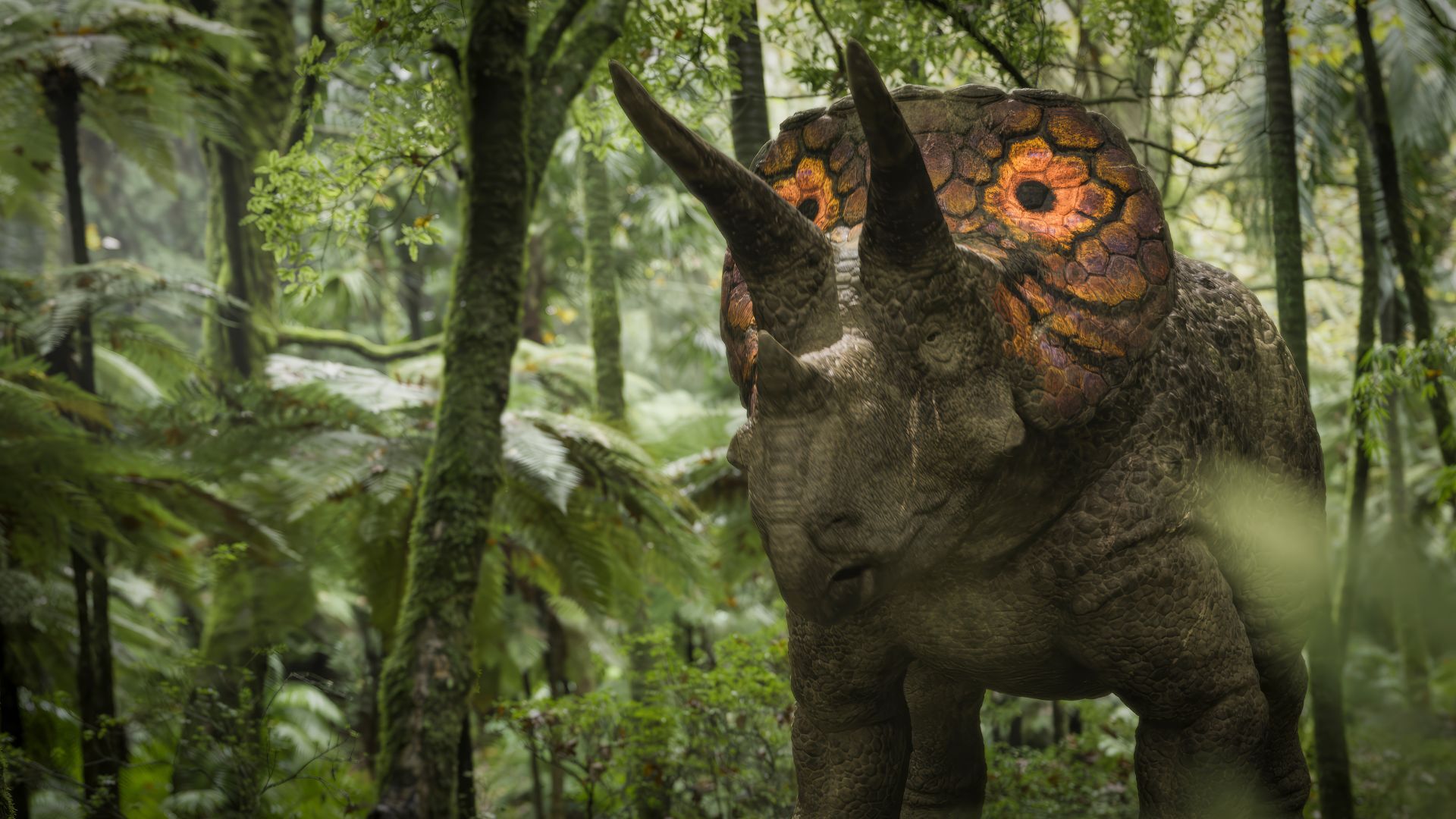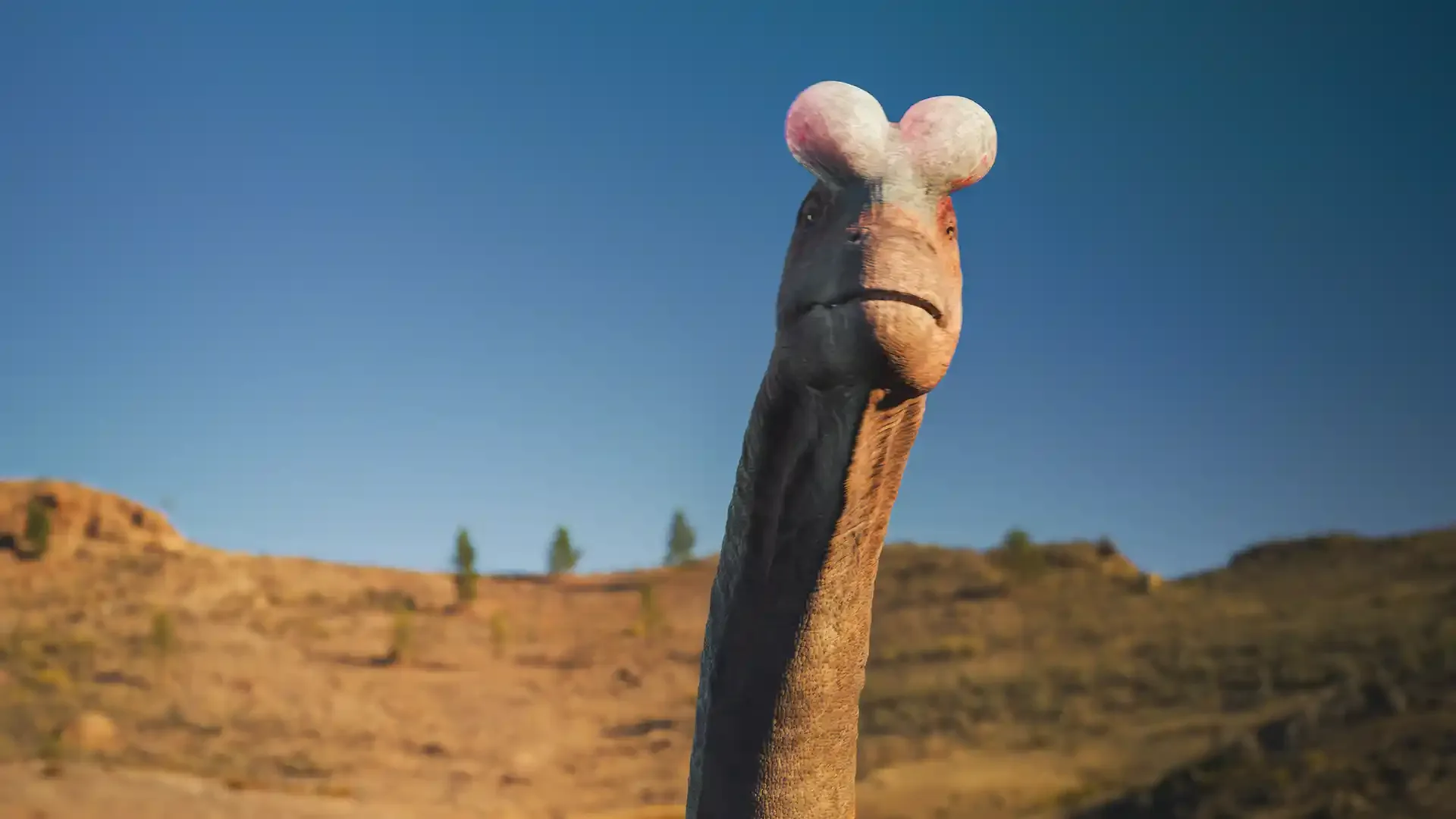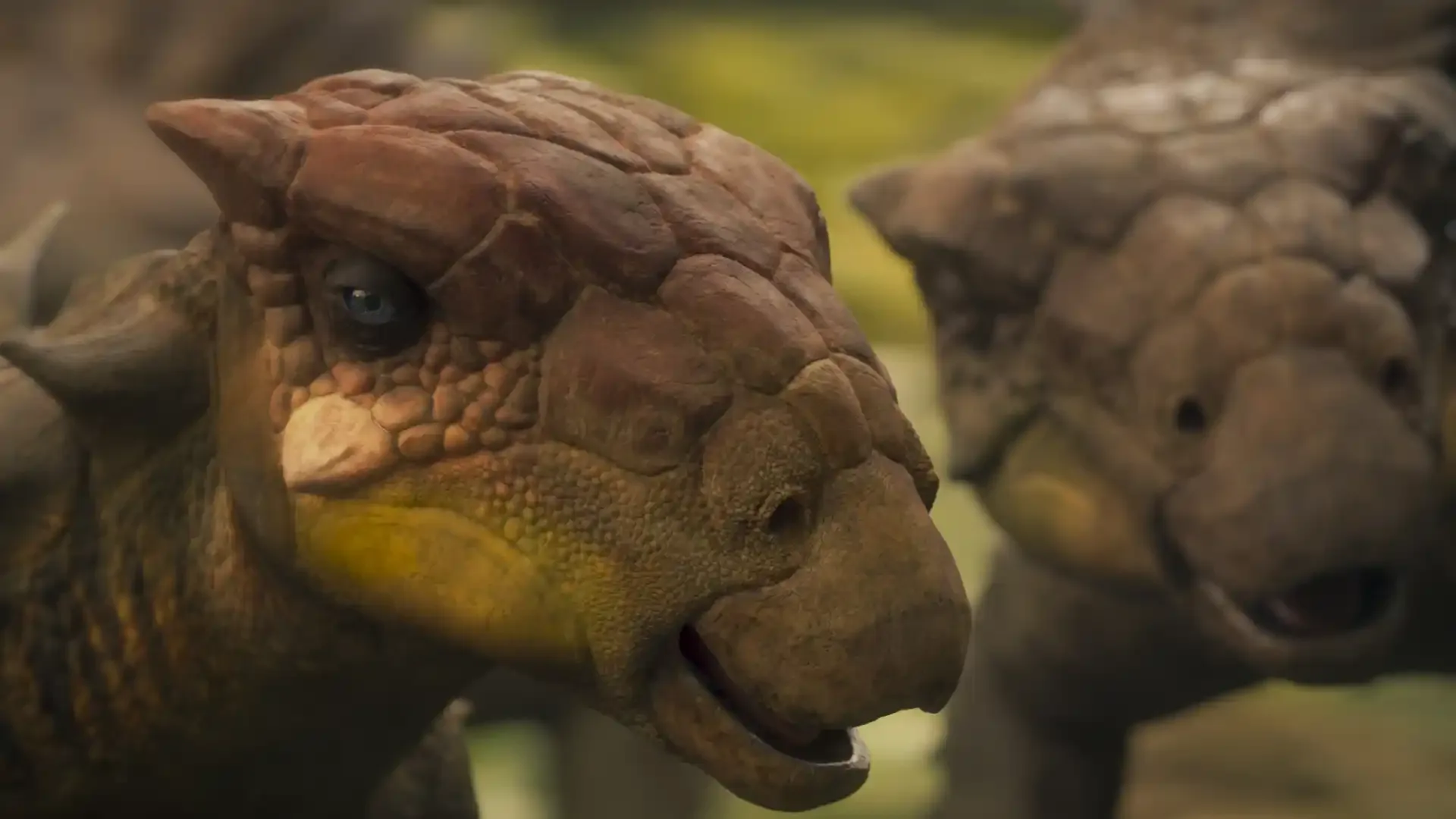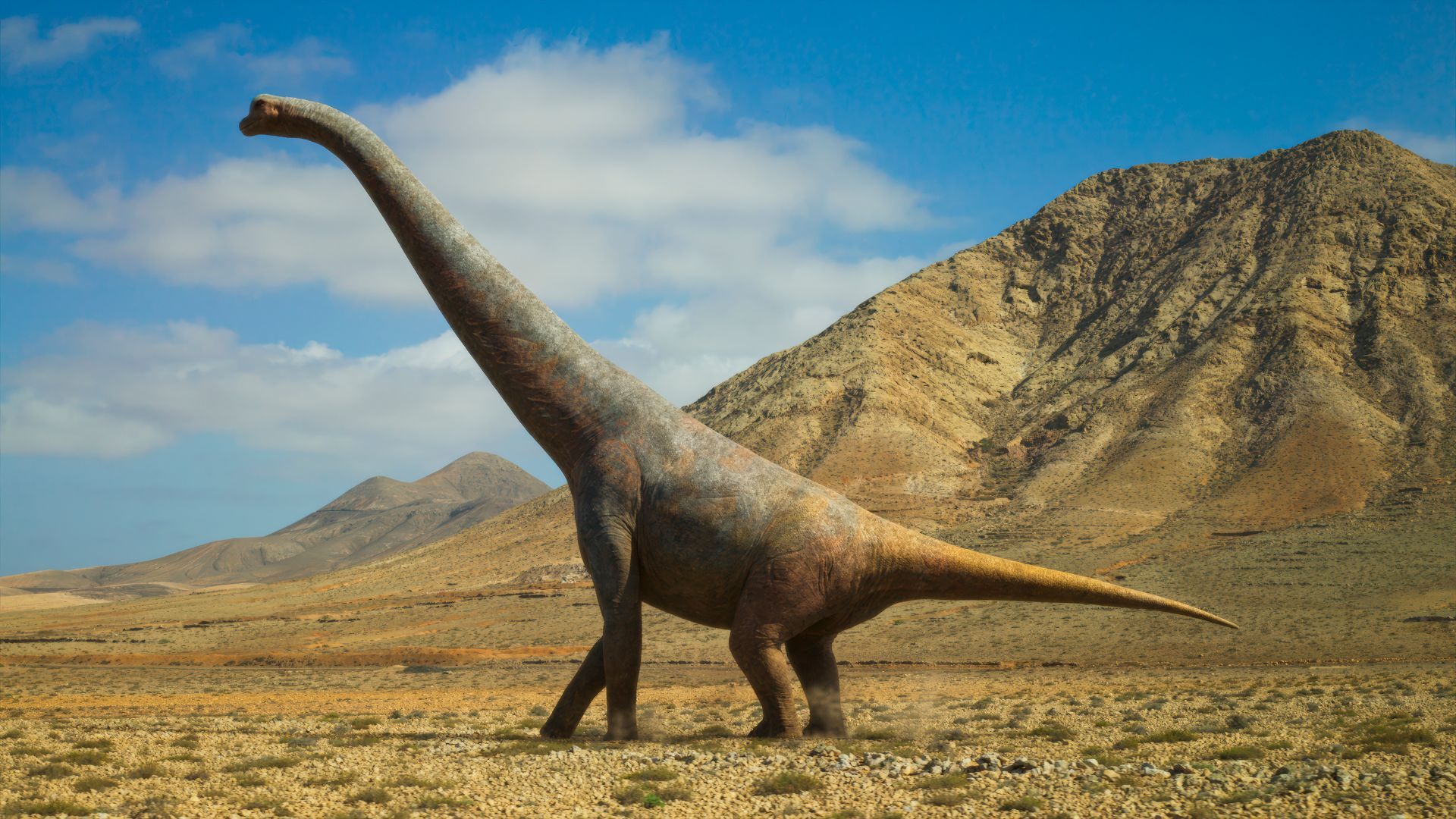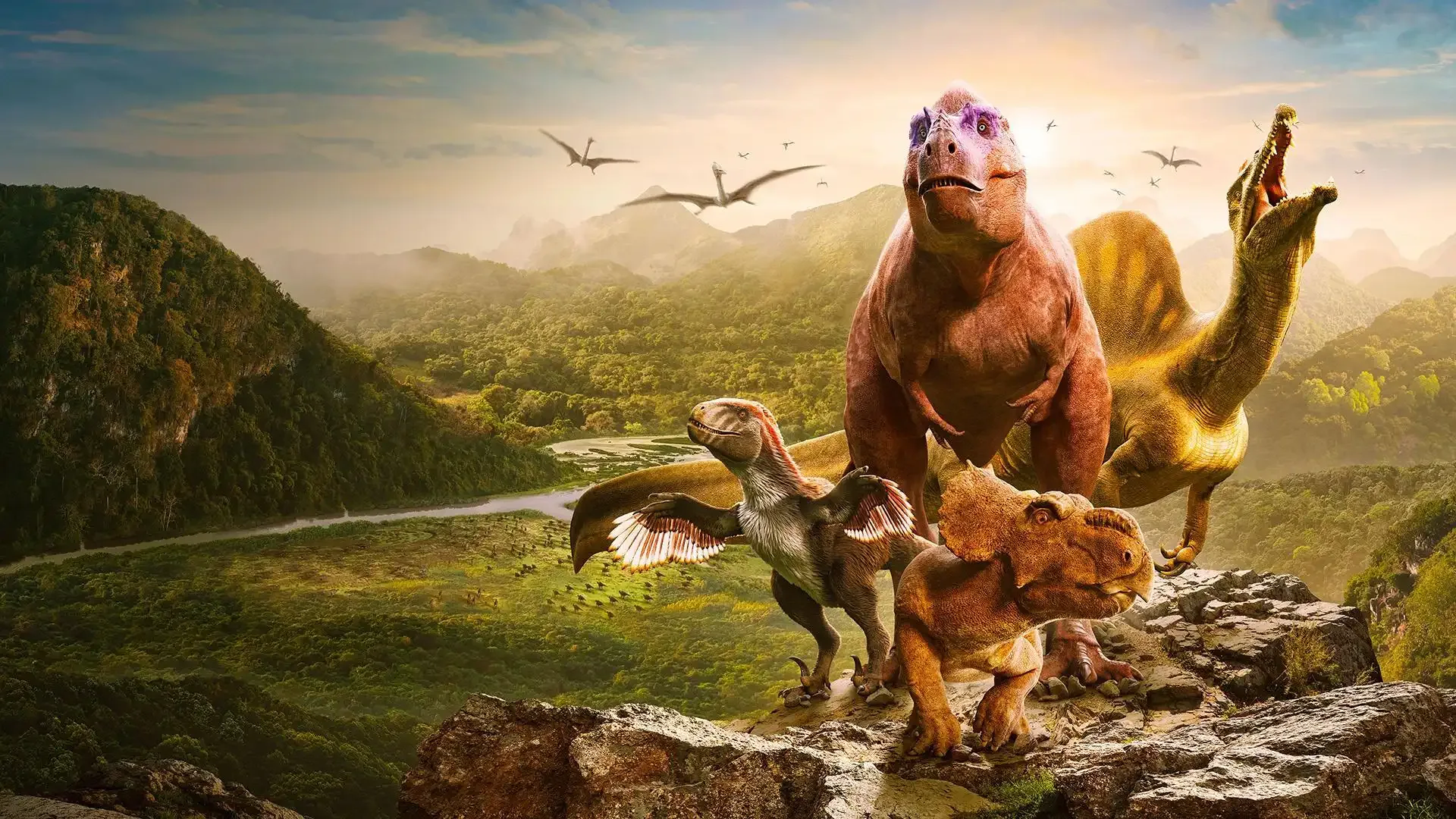After millions of years, six incredible dinosaurs are coming back to life. In “Walking with Dinosaurs” on PBS, paleontologists discover the lives behind the fossils, using the latest scientific methods to uncover stories of survival, triumph, family and even romance. Get the stats on your favorite giants to see how they stack up on this prehistoric stage.
About Spinosaurus
Not many dinosaurs were bigger than Tyrannosaurus Rex, but the fearsome Spinosaurus held that unique honor. With webbed feet, a paddle tail and a 6-foot sail on its back, this species was a notorious river monster harboring a soft spot for its babies.
- Period: Cretaceous (100 million years ago)
- Location: Africa
- Diet: Carnivore/Piscivore
- Behavior: Unknown
- Threats: Elosuchus and other enormous crocodile species; Carcharodontosaurus; Alanqa; rival Spinosaurus

How Big Was Spinosaurus?
Spinosaurus earned the title “largest carnivorous dinosaur to ever walk the Earth.” Although its teeth were similar to a modern crocodile’s, it was much bigger; in fact, just a Spinosaurus' tail is as long as an entire crocodile!
Support your local PBS station in our mission to inspire, enrich, and educate.
Highlights
Spinosaurus is a notorious mystery among paleontologists, right down to its social and behavioral habits. What we do know is that it likely spent most of its time in the water, unlike many other dinosaurs of its time. Experts have pieced together fossils to discover that Spinosaurus had a long, flat tail resembling a modern crocodile’s and thin foot bones that suggest webbing — all adaptations for a swimmer.
But that’s not the only trait Spinosaurus shared with today’s fearsome reptiles. Like gharial crocodiles, males were likely left in charge of raising their young, guarding nursery pools where babies learned to swim. This was also the perfect setting for hunting lessons, and the miniature river monsters stalked frogs, insects and other small prey.
However, small meals didn’t sustain a Spinosaurus family for long. Paleontologists believe this species had to travel to find a feast of Onchopristis, an extinct fish species known as Saw Skates, which gathered in the thousands to mate once a year. Along the way, Spinosaurus had to dodge threats from all angles: flying Alanqua, swimming Elosuchus and even Carcharodontosaurus, the T. Rex of Africa.
Paleontologists believe that Spinosaurus had a unique way of facing these challenges, especially its own species. The dinosaur’s massive sail may have been part of a ritual dance used to intimidate rivals, much like modern peacocks use their tails to impress potential mates.
Fun Facts about Spinosaurus
- The original Spinosaurus skeleton was discovered in 1912 in Egypt. Because it was destroyed during an Allied bombing raid in World War II, paleontologists never got all their questions answered.
- Spinosaurus' social habits are entirely unknown due to minimal fossil evidence. Experts look to comparable modern animals, like birds and crocodiles, to make inferences about details like males raising young.

The best of PBS, straight to your inbox.
Be the first to know about what to watch, exclusive previews, and updates from PBS.
Walking with Dinosaurs
Explore More from Walking with Dinosaurs
